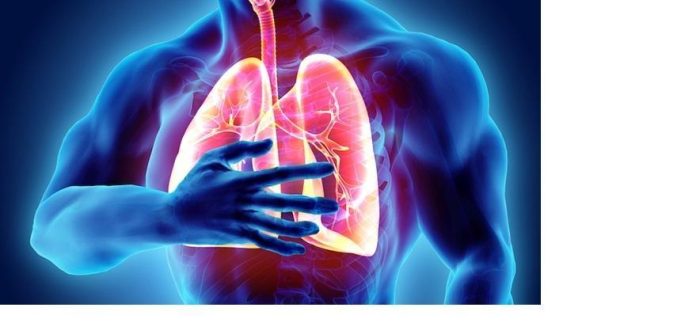By:Dr Durga Vettivel
“MY chest feels tight! My breathing is abnormal! I feel like I am suffocating!”. These are just some of the ways a person may describe experiencing shortness of breath, also known as dyspnoea. It’s a common symptom that brings many patients to primary care clinics and emergency departments.
Why does it happen? While medical conditions involving the heart, lungs, musculature, mental health, or certain chronic diseases can make a person become breathless, environmental factors such as air pollution, high altitudes, or exposure to noxious gases can also be culprits. Some causes of breathlessness are life-threatening, such as a heart attack or severe lung dysfunction, making it critical for anyone experiencing these symptoms to seek medical attention promptly.
The onset of breathlessness varies depending on the underlying condition causing the symptom. You might develop breathlessness quickly, over minutes to hours, or it could slowly evolve over a longer period. The acuteness of the symptom, its progression, and other associated symptoms will guide the physician in determining the most likely diagnosis.
Risk factors associated with breathlessness include obesity, nicotine use, increasing age, chronic medical conditions, and presence of risk factors for cardiovascular diseases. The brain acts as a central processing unit, collecting data from mechanical and chemical sensors strategically positioned in our body to regulate breathing rate and volume. This regulation is influenced by factors such as oxygen levels, blood pH, and lung volume. Any disturbance to this ingenious mechanism can result in a person experiencing abnormal breathing patterns.
Recently, many were shocked to read about our transport minister who paused during a questioning session at the Dewan Rakyat due to a brief bout of breathlessness. While he recovered after a short period of rest, this episode should not be dismissed lightly. Instead, a thorough medical check by a physician to rule out potential serious causes must be carried out without delay.
It’s important to remember that breathlessness is merely a symptom, the tip of the iceberg. Further in-depth questions, a thorough physical examination, and relevant clinical investigations are required to find the underlying cause. This typically occurs at a primary care clinic or emergency department, where patients are then referred to the appropriate medical specialty for further management if necessary. Ultimately, treating the condition causing the breathlessness will significantly improve the symptom.
When investigating a person who presents with breathlessness, blood tests, urine test, and an ECG or chest X-ray, if indicated, are usually a good place to begin. A lung function test also known as spirometry may be a useful test for screening those at risk of asthma, presenting with respiratory symptoms, or with a history of smoking.
The decision to order other investigations such as scans or more invasive tests, would depend on the examination findings of the treating doctor. If you see someone suffering from breathlessness, remain calm and try to reassure them. Encourage them to sit down in a comfortable position and loosen any tight clothing to help them breathe more easily. Call 999 immediately to seek professional medical help or get them medical assistance as soon as possible if available nearby. If waiting for help to arrive, stay with the person and monitor their condition closely.
Evidence-based medicine, a cornerstone of modern healthcare, emphasises delivering the right care at the right time to the right patient, which is particularly crucial for individuals experiencing shortness of breath. A treatment plan will largely depend on the underlying condition causing the breathlessness. Pharmacological management is usually coupled with lifestyle modification activities such as breathing exercises, relaxation therapy, routine exercise regimes, stress management, achieving a healthy weight and eating well.
Dr Durga Vettivel is a senior lecturer in family medicine at the School of Medicine, Faculty of Health and Medical Sciences, Taylor’s University

















